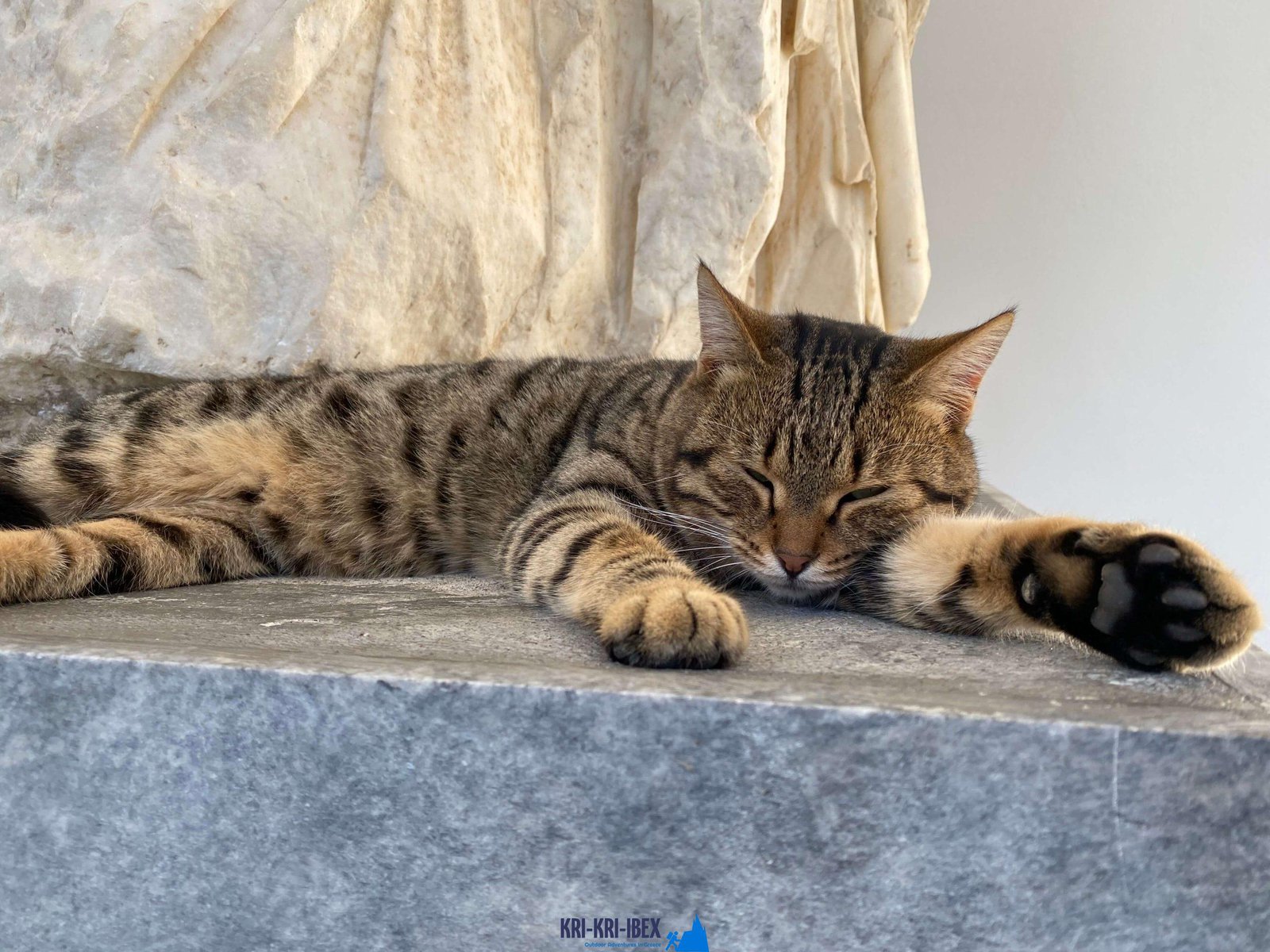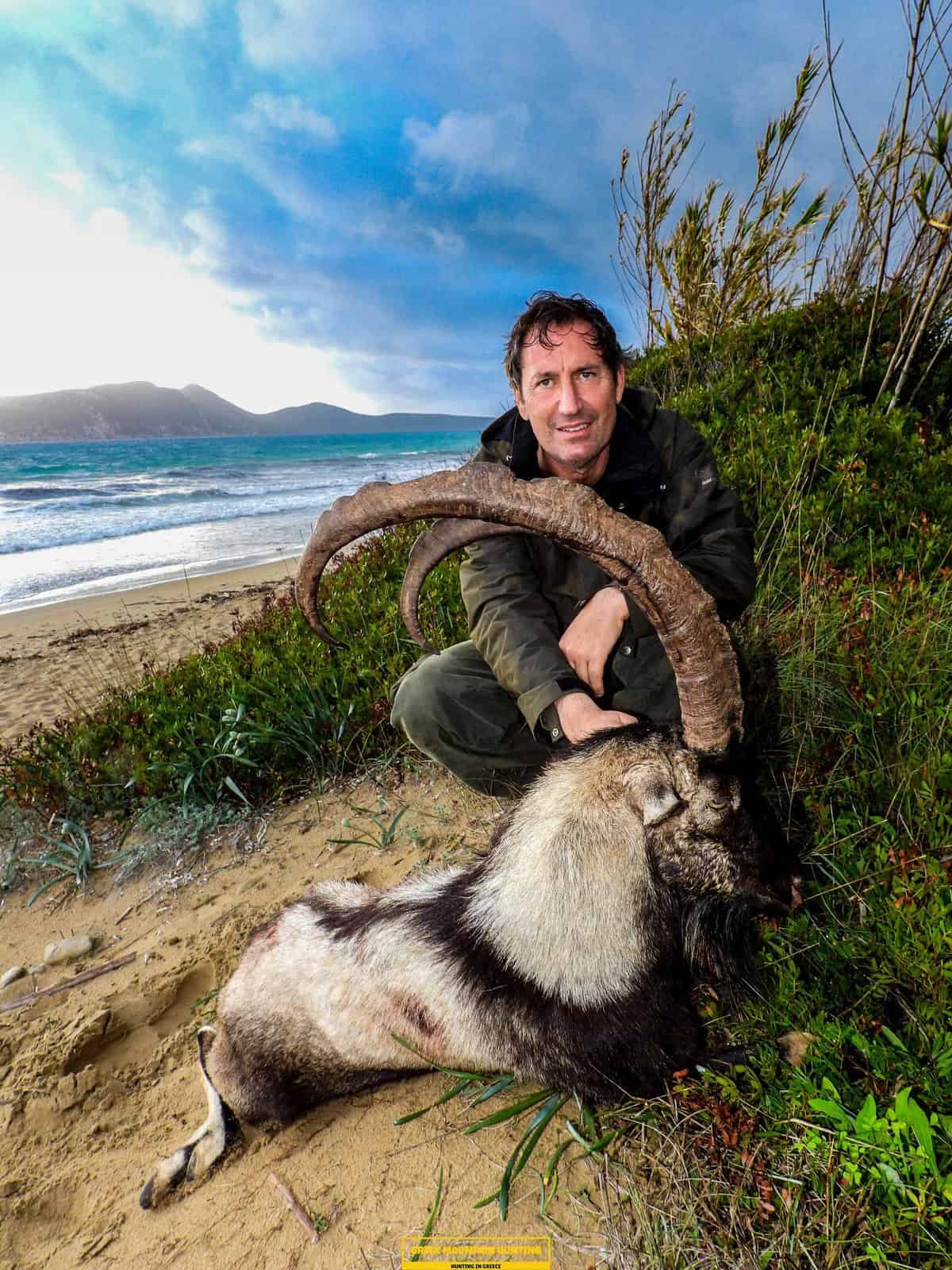Experience the thrill of kri-kri ibex searching in Greece
Experience the thrill of kri-kri ibex searching in Greece
Blog Article

To many individuals, The Peloponnese peninsula on the Greek Mainland is the 'actual' Greece, where points have actually not changed a lot whatsoever over the centuries despite the fact that lots of people have uncovered it. This is a location where you could conveniently invest a month, however if you are short promptly after that our outdoor hunting, Fishing, free diving and touring Peloponnese Tours from Methoni is a fantastic remedy.

Due to the fact that it is not set, the number of Ibexes changes with the population. The Ibexes of the Cretan Ibex breed Kri-Kri is the tiniest ibex in regards to body weight, but not horn size (Capra Aegagrus Cretica). A couple of specimens that went uncounted measured 115 centimeters (45 inches). The gold prize is 61 cm (24 inches) long. The Kri-Kri ibex is pursued in Greece currently. Hunting is readily available on Atalanti and also Sapientza. Hunting is permitted on Atalanti from the recently of October to the very first week of December. Searching is allowed on Sapientza for the whole month of November, relying on climate condition.
Our outside searching, fishing, and also cost-free diving trips are the ideal means to see whatever that Peloponnese needs to use. These tours are created for tourists who intend to leave the beaten path as well as actually experience all that this extraordinary region has to offer. You'll get to go searching in some of one of the most lovely wilderness areas in Greece, fish in crystal-clear waters for a range of different types, and totally free dive in several of the most spectacular coast in the Mediterranean. And most importantly, our experienced overviews will be there with you every step of the method to make sure that you have a risk-free and pleasurable experience.
If you are looking for a genuine Greek experience away from the hustle and also bustle of tourism after that look no further than Methoni in The Peloponnesos! Our outside searching for Kri Kri ibex, angling, complimentary diving and also touring Peloponnese trips from Methoni are the excellent means to discover this stunning location at your very own rate with like minded individuals. Contact us today to book your put on among our scenic tours.
What is the diference between Kri Kri ibex, Bezoar ibex and hybrid ibex
The kri-kri is not thought to be indigenous to Crete, most likely having been imported to the island during the time of the Minoan civilization. Nevertheless, it is found nowhere else and is therefore endemic to Crete. It was common throughout the Aegean but the peaks of the 8,000 ft (2,400 m) White Mountains of Western Crete are their last strongholds–particularly a series of almost vertical 3,000 ft (900 m) cliffs called ‘the Untrodden’—at the head of the Samaria Gorge. This mountain range, which hosts another 14 endemic animal species, is protected as a UNESCO Biosphere Reserve. In total, their range extends to the White Mountains, the Samaria National Forest and the islets of Dia, Thodorou, and Agii Pandes.
This Ibex is NOT a diminutive form of the Bezoar Ibex, which has migrated into the western-most reach of the range of this species. The kri – kri (Capra aegagrus cretica), sometimes called the Cretan goat, Agrimi, or Cretan Ibex, is a feral goat inhabiting the Eastern Mediterranean, previously considered a subspecies of wild goat. The kri-kri has a light brownish coat with a darker band around its neck. It has two horns that sweep back from the head. In the wild they are shy and avoid tourists, resting during the day. The animal can leap some distance or climb seemingly sheer cliffs.
“The agrimi goat Capra aegagrus cretica is unique to Crete and its offshore islands. It has been identi®ed as a sub-species of the wild bezoar goat Capra aegagrus aegagrus Erxleben, 1777, which it closely resembles in horn shape, body form and coloration. This classi®cation has been disputed by some researchers who claim that the agrimi are feral goats, derived from early domestic stock brought to the island by the ®rst Neolithic settlers. In order to clarify this issue, DNA analyses (cytochrome b and D loop sequences) were carried out on tissue of live and skeletonized agrimi and compared to sequences of wild and domestic caprines. Results conclusively show the agrimi to be a feral animal, that clades with domestic goats (Capra hircus) rather than with wild Asiatic bezoar. This study demonstrates that morphometric criteria do not necessarily re¯ect genetic af®nities, and that the taxonomic classi®cation of agrimi should be revised.”
Report this page